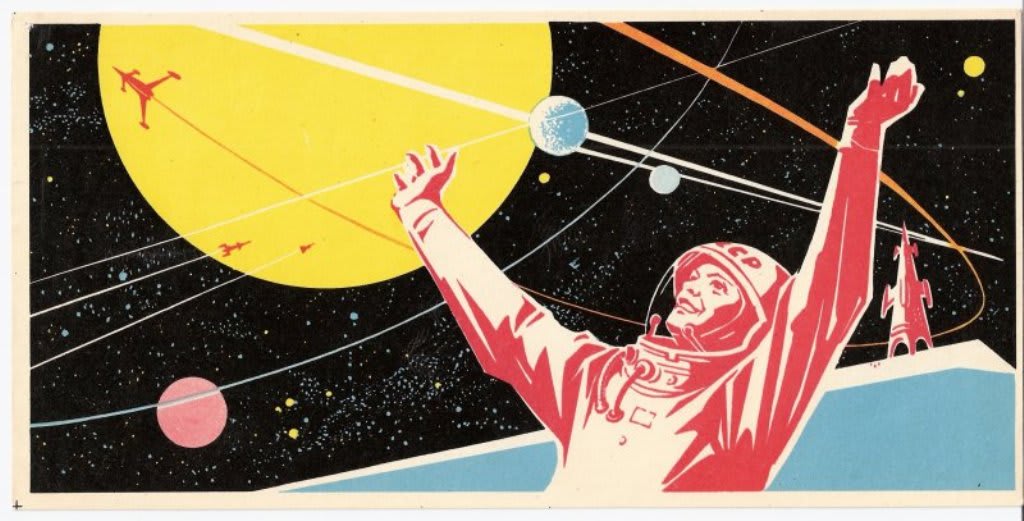The Dream and the Nightmare of 'Red Plenty'
Francis Spufford's book presents a look into the Soviet Union of the 1950s and 1960s.

The Cold War has receded into history. With it went the Soviet Union, the communist superpower born out of the Russian Revolution of 1917 that collapsed in 1991. Making sense of it has been a difficult proposition at best. Going some way to fill in the gaps for a popular audience is Francis Spufford's Red Plenty with its compelling look into the era of Soviet leader Nikita Khrushchev, that time when the dream of Red Plenty seemed within grasp.
It's important to say first off that Spufford's book isn't quite a history book, but isn't quite a novel than either. It occupies, perhaps appropriately given its subject matter, an odd gray area between the two genres. Looking at the extensive notes at the book's conclusion as well as the acknowledgments page, it's clear a massive amount of research went into the writing of the book. More than that, there's a tremendous amount of factual detail scattered among the pages of the book.

Author Francis Spufford
And yet, like a novelist, Spufford also takes into the hearts and minds of those we encounter. Those "characters," for lack of a better word, range from real-life figures such as Khrushchev on his visit to the United States to bureaucrats and economists. It is that eye that brings us into the fiction of the book, the composite characters and occasional compression of the timeline for events, which still feels truthful thanks to the research elsewhere. It's easy to imagine that Spufford could have turned the book into a Soviet-era version of Edmund Morris' controversial Ronald Reagan biography Dutch, but that isn't the case. Spufford doesn't create anyone out of whole cloth and, instead, the characters illuminate his research by putting a human face upon it.
What perhaps best describes the book is that it's a series of connected short stories. Each of them illuminates an aspect of the Soviet Union with the text broken into six parts with an introduction followed by two or three vignettes. They take in everything from the highest levels of planning to the early years of computers inside the Soviet Union, the reforming of academia post-Stalin, to how the dream of utopia by 1980 was dreamed up and how close it seemed. Doing so demonstrates, perhaps more aptly than any other book I have encountered to date, both how the dream of Red Plenty became the reality of the stagnation and nightmare of the last two decades of the Soviet Union.
And perhaps that is no better demonstrated than in the middle portion of the book. In it, Spufford takes into the 1962 decision to raise the prices on meat in the Soviet Union. Through the combination of characters and research, we get to see how the policy was decided at first, "the theory" as it were. Then, in the following segment, we get to see it in "practice" and how it leads to tragic results when the workers go on strike in Novocherkassk. Noble, even logical, goals run foul of the needs they were meant to solve.
So, goes the plans of mice and central committees.
About the Creator
Matthew Kresal
Matthew Kresal was born and raised in North Alabama though he never developed a Southern accent. His essays have been featured in numerous books and his first novel Our Man on the Hill was published by Sea Lion Press in 2021.






Comments
There are no comments for this story
Be the first to respond and start the conversation.